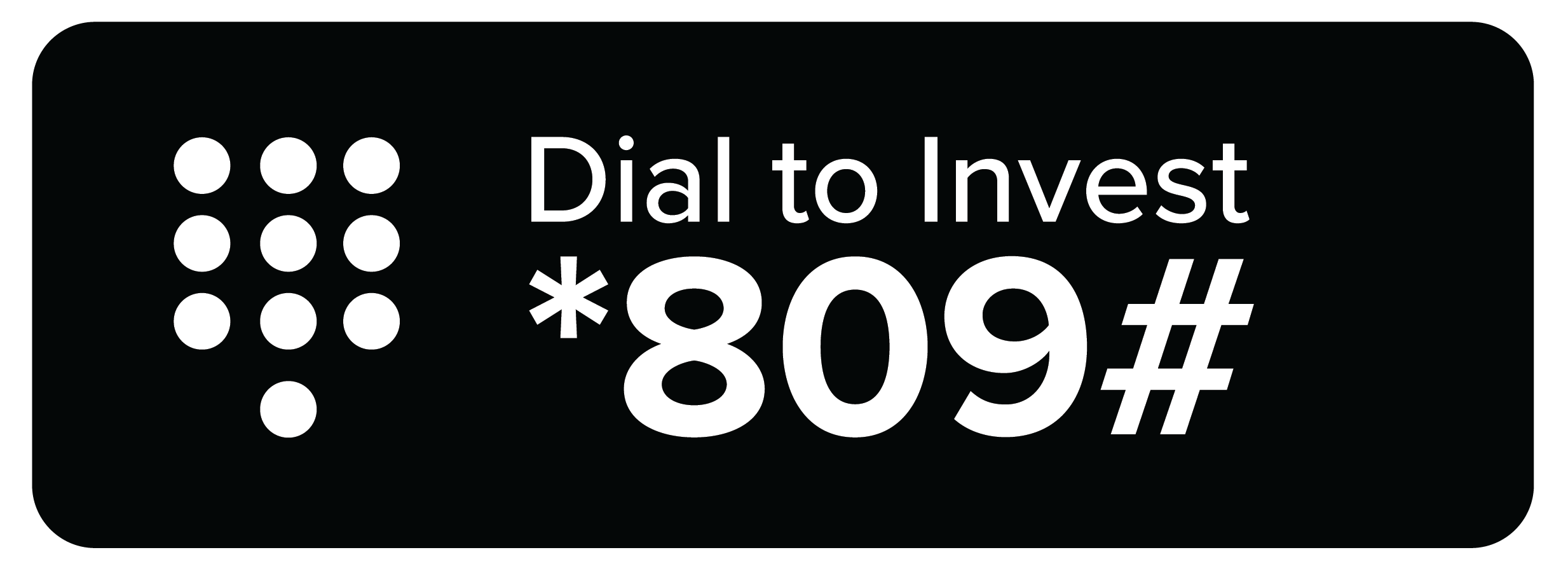Before coming up with a brand strategy it is important to first understand, what is a brand? According to the American Marketing Association, a brand is,” A name, term, design, symbol or any other feature that identifies one seller’s goods and services from those of other sellers.” Hence a branding strategy is a long-term plan for developing a brand in order to attain specific goals.
The three key components of a successful brand strategy include;
Purpose - Your brand needs to have the brand purpose, what it’s supposed to do, it can be an intentional purpose or a functional purpose. A functional purpose measures success in terms of immediate and commercial reasons, for example, the band purpose is to make money, while an intentional purpose focuses on success and its ability to make money and do good, for example, the brand purpose is to make money and transform the lives of people.
Consistency - In everything that you do you should have a uniform message. This helps in reducing confusion due to messages that are not in line with your brand. This then allows the organization to build its brand recognition and increase brand loyalty.
Emotion - Buyers aren’t rational when it comes to all buying decision, they are sometimes influenced by their emotions. Hence your brand should appeal to the buyer’s emotions to allow them to choose the product or service you are offering.
The following are the steps in developing a successful brand strategy;
- Consider your business strategy
A differentiated brand can enable your organization to grow much easier. Your business strategy is important to understand the overall strategy of the business and ensure your branding is in line with this.
- Define your target clients
As a company, you have to understand who you are targeting. When you have a more targeted approach you are able to achieve higher growth and higher profits for the organization. The wider the audience the more dilute your marketing efforts are.
- Develop your brand positioning
After determining the type of audience you can now then position your brand. Brand positioning is creating an image of your band in the mind of your consumer. Here you are able to differentiate your brand from the competition. It must be realistic as you have to deliver on the promises made.
- Develop your messaging strategy
You should then develop messages that communicate your brand to the target audience. The core branding positioning for the messages will remain the same but as different people of your audience are interested in different aspects, it is important to emphasize what is important to each of the target group.
- Develop your name, logo, and tagline
Many firms don’t require a name change but if you are a new frim or undergoing a merger it may be important to have one to make sure that it is in line with your brand positioning. The name, logo, and tagline are not your brand but just a way to communicate your brand.
- Develop your website
The website is an important brand development tool for any organization to have, as it is where all your potential customers turn to, for information about your organizations. Websites are important as it will host all your content and this content will help in search engine optimization. Search engine optimization is important as it helps your potential clients to find information about your company.
After coming up with this strategy it is not useful until you implement it, you have to put the strategy into action. After the plan is implemented you have to track it, both in implementation and the success of the plan. Finally, after tracking you have to make the right adjustments to the plan after you have made conclusions from the observations made.




